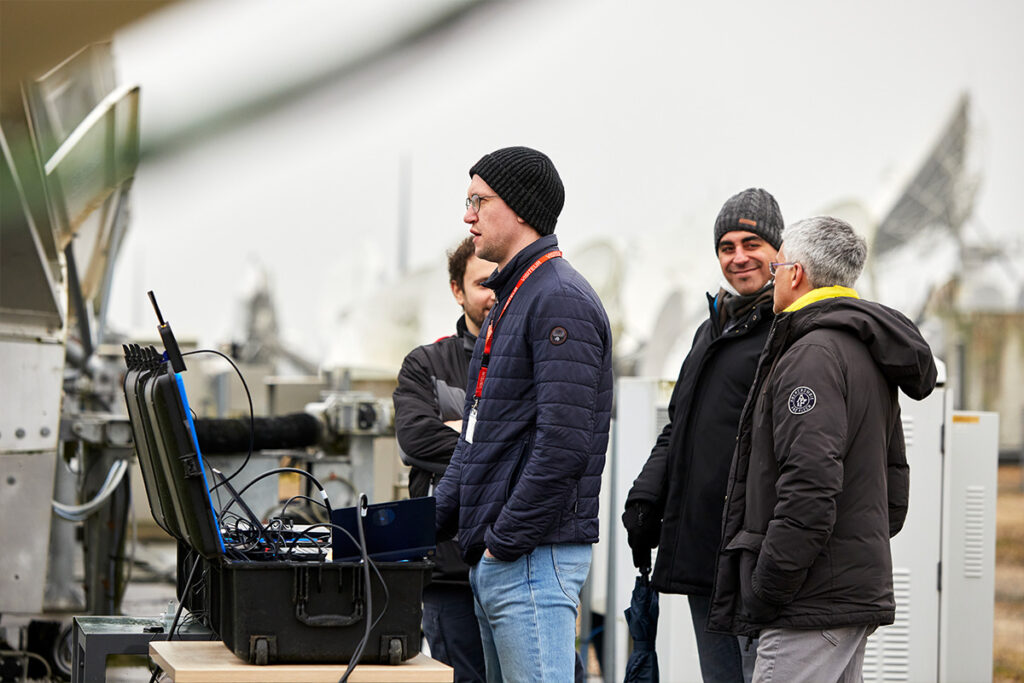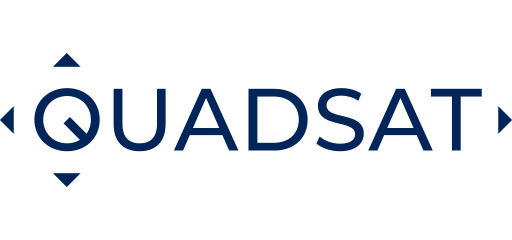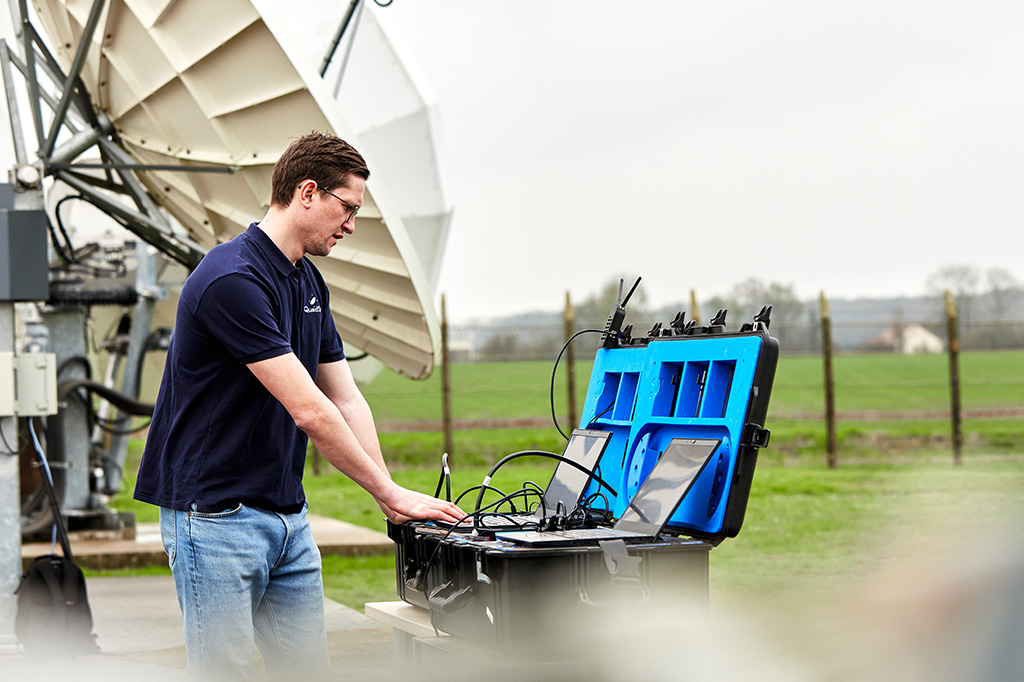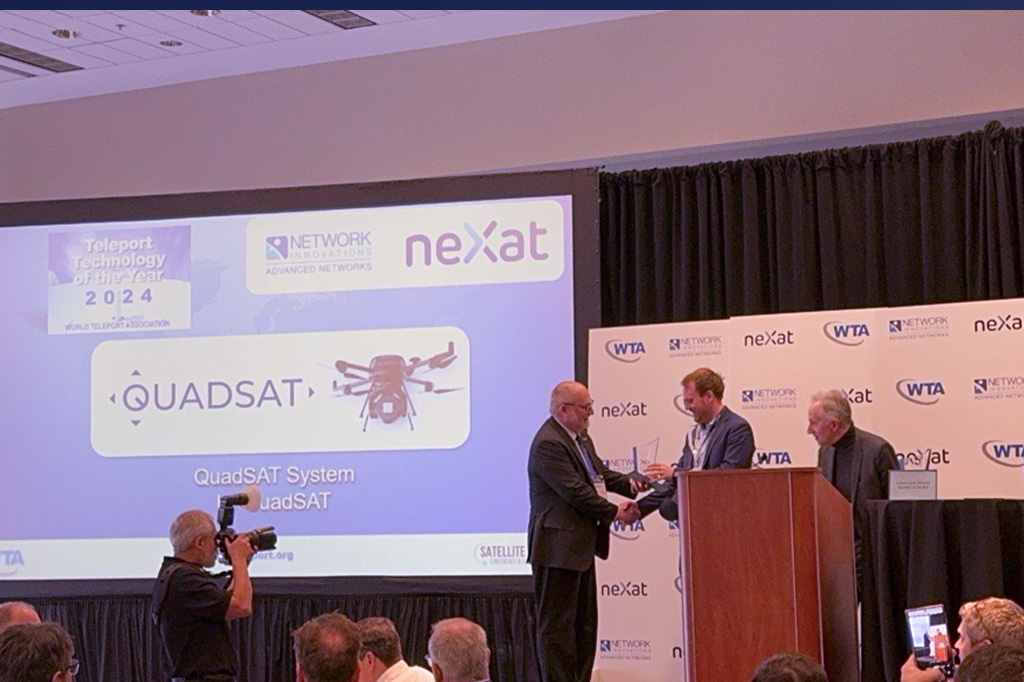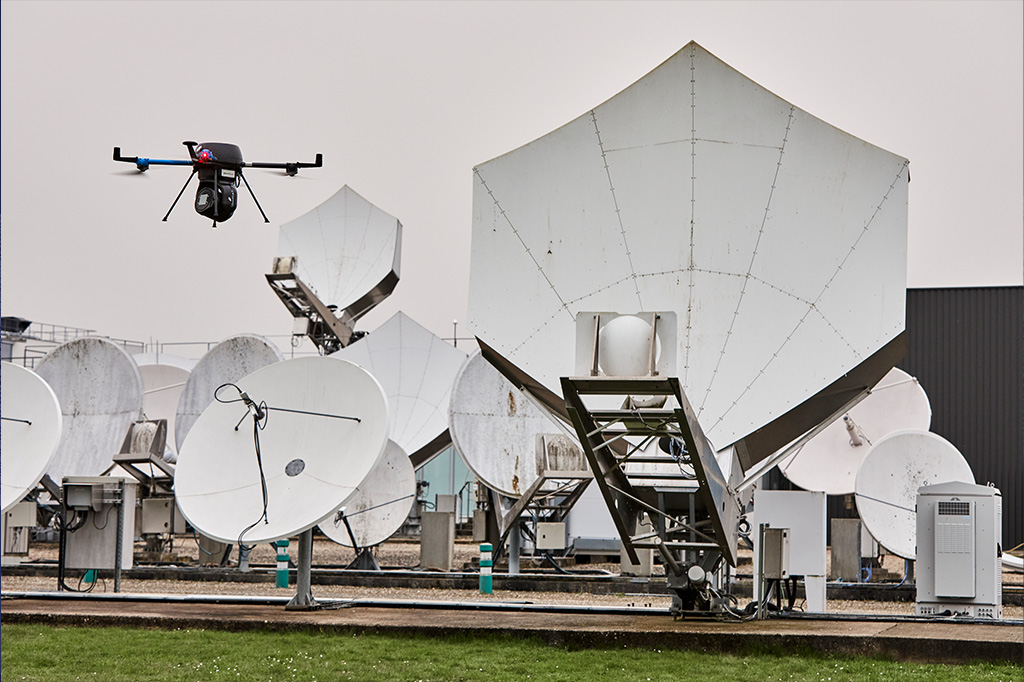The last couple of weeks has seen teams from QuadSAT set off to both Cyprus and France to provide in-depth demonstrations of our latest technology. In Cyprus, we provided demonstrations for the dominant telecommunications provider, Cyta, and premium satellite communications solution provider, Hellas Sat. At Cyta’s Makarios Tier-4 certified teleport, we performed antenna tests which comprised of raster scans, azimuth cuts and elevation cuts. We demonstrated our antenna testing and validation for Eutelsat, in which we measured a 3.8m bat wing antenna at distances in excess of 700m. We provided results to each organisation within 7 days, allowing them to receive quick feedback on how their antennas were performing within their own environments.
Maintaining antenna accuracy and its original specified performance is crucial in delivering and maintaining world-class services to customers and performing on-site antenna testing and verification can transform RF management.
Here are 3 reasons to invite us to demonstrate its drone-based testing system:
1. Review how your antennas are affected by their environment
Environmental factors impact the success of an antenna’s mission; reflections impact the journey of RF signals and can result in RFI incidents. Geographical features such as hills, mountains, trees, and other environmental features, such as other nearby antennas, are potential sources of reflection, even if not in the direct line of sight. Antenna testing within testing ranges clearly can only evaluate the antenna itself, and not the impact of external factors on its performance. Testing on-site using drone-technology is a flexible and effective way of gaining accurate results.
2. Reduce downtime
Downtime is a costly consideration when building testing and verification into schedules. When testing must be performed at a test centre, time and money must be spent transporting the antenna to location, all whilst the antenna is not performing, and therefore not producing revenue. Ultimately, this can even deter ground segment operators from testing altogether, delaying problems and potentially resulting in degradation to services. QuadSAT’s technology is quick to set up and reduces the downtime required to perform antenna testing.
3. Improve cost efficiency within testing
Many antennas are logistically difficult to reach, creating challenges in terms of current testing methods. If an antenna is in a remote area, it can be costly to transport it to a test centre. Additionally, with the introduction of LEO constellations and the resulting increase in the number of ground segments required, costs associated with transporting antennas can quickly rise beyond what is financially viable. Testing and verification performed by drones drastically reduces the costs associated with testing and verification strategies, whilst delivering accurate results.
As the ground segment expands to establish connectivity to both new and existing orbits, testing capabilities must adapt to deliver in-depth and cost-effective results. By improving accessibility to high-quality testing solutions for the ground segment, operators can utilise testing to improve services for their customers. The system ensures repeatability, control over the drone during measurements, ease of operation and data delivery in a uniform format, providing quality assurance and improving reliability throughout the satcom industry. Drone-based testing, calibration, and verification will enable the networks required for the connectivity of the future.
Get in contact to discuss your requirements and to book a demonstration now.
